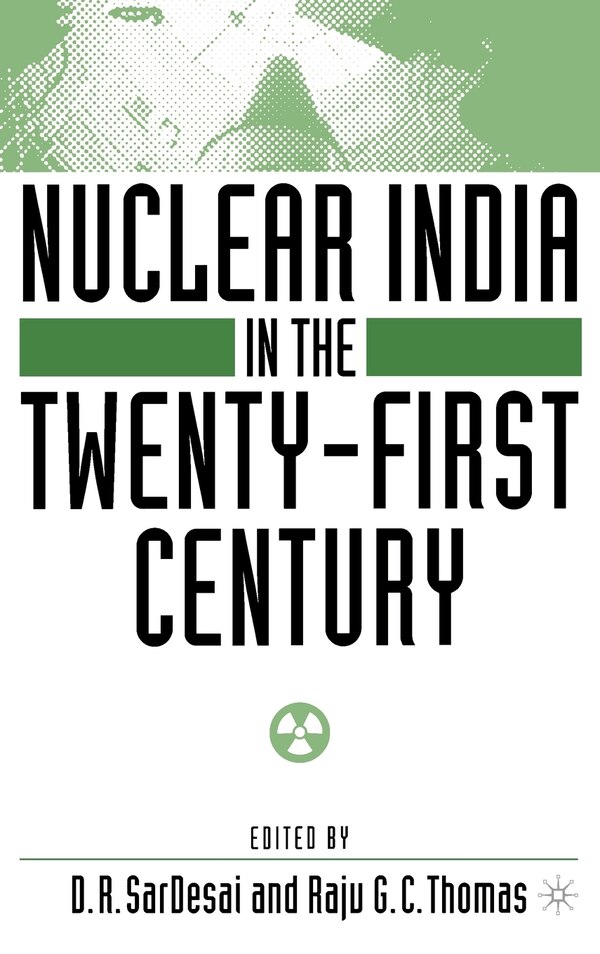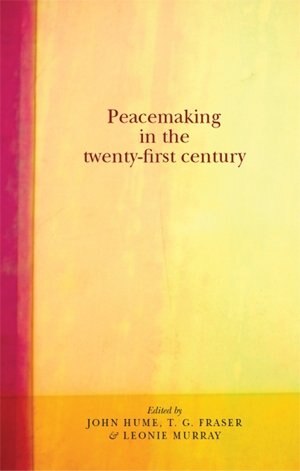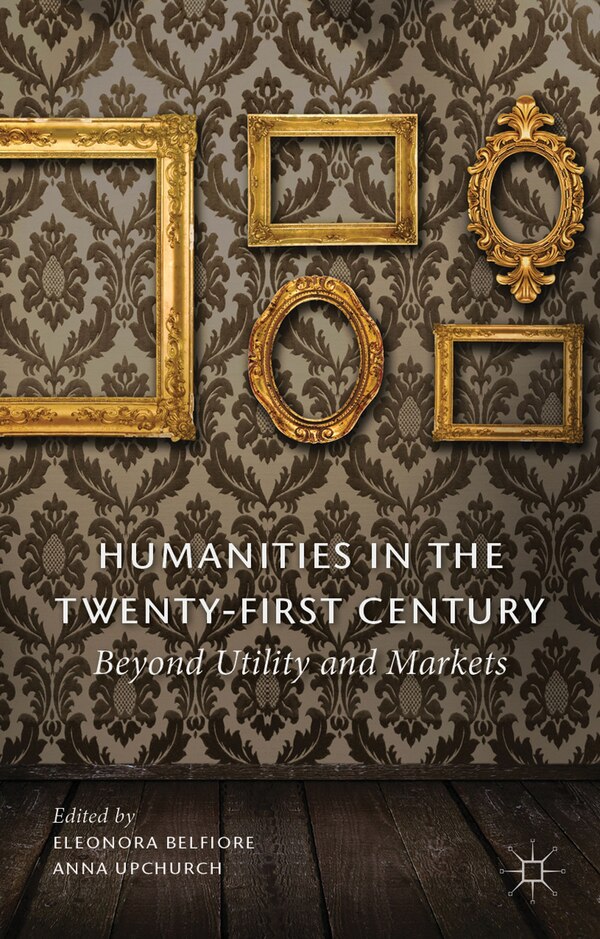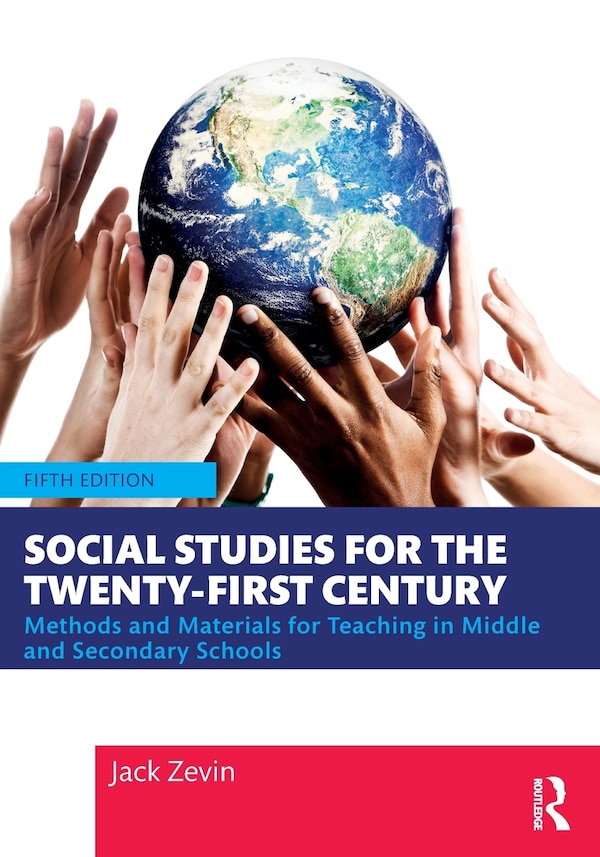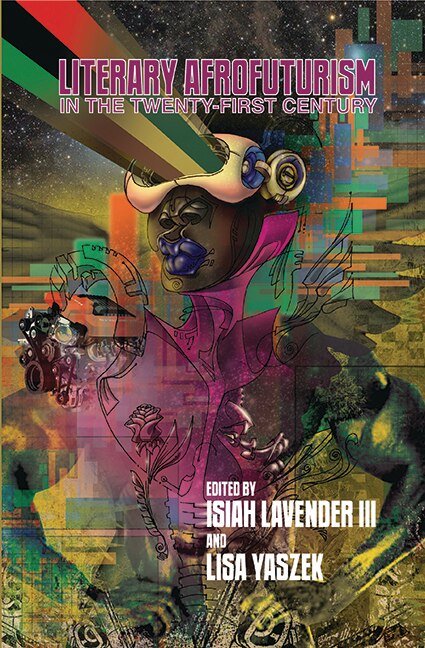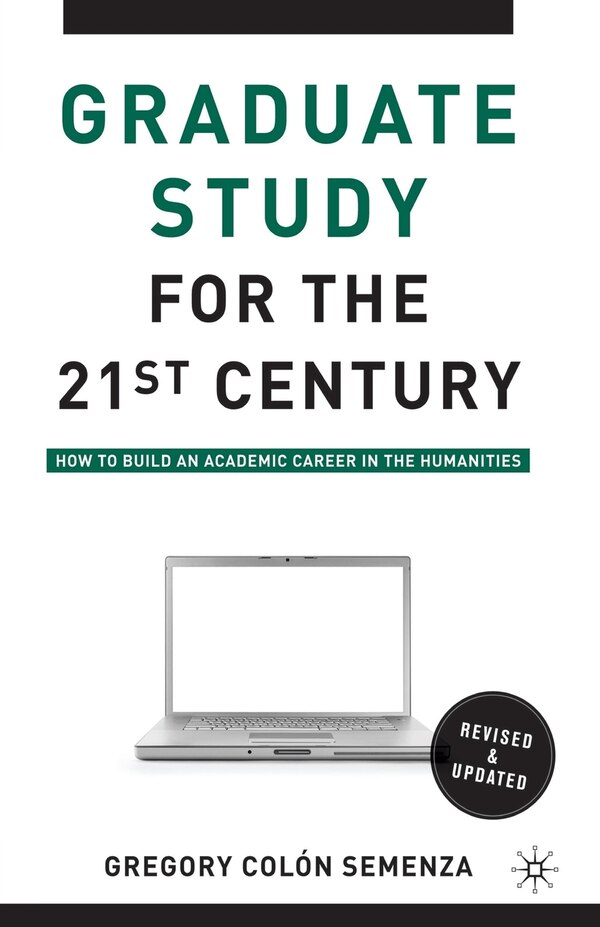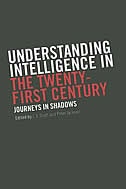
Choice Made Simple!
Too many options?Click below to purchase an online gift card that can be used at participating retailers in Village Green Shopping Centre and continue your shopping IN CENTRE!Purchase HereHome
Twenty-first Century India by Tim Dyson, Paperback | Indigo Chapters
Coles
Loading Inventory...
Twenty-first Century India by Tim Dyson, Paperback | Indigo Chapters in Vernon, BC
From Tim Dyson
Current price: $88.50
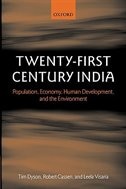
Coles
Twenty-first Century India by Tim Dyson, Paperback | Indigo Chapters in Vernon, BC
From Tim Dyson
Current price: $88.50
Loading Inventory...
Size: 23.8 x 234 x 658
*Product information may vary - to confirm product availability, pricing, shipping and return information please contact Coles
Twenty-First Century India is the first study of India's development giving a fully integrated account of population and development. It is built on new projections of the population for fifty years from the Census of 2001. India's population then had already passed 1 billion. Twenty-fiveyears later it will exceed 1.4 billion, and will almost certainly pass 1.5 billion by mid-century. The projections incorporate for the first time both inter-state migration and the role of HIV/AIDS. They also show India's urban future, with close to half a billion urban inhabitants by the year 2026.The implications of this population growth are then traced out in a range of modelling and analytical work. Growing numbers are found to complicate the task of achieving widespread education in a number of India's states, while other states are already experiencing declines in their school-agepopulation. Demographic growth also contributes to poverty, and increasing divergence in social conditions among the states. As population growth slows in the country overall, the labour force continues to grow relatively fast, with difficult consequences for employment. But national economic growthcould be accelerated by the 'demographic bonus' of the declining proportion of dependents to workers in the population. The book is reasonably optimistic about India's food prospects: the country can continue to feed itself. It can also enjoy higher levels of energy use, manufacturing, and modern forms of transport, while experiencing less chemical pollution. India's cities can become cleaner and healthier places tolive. Perhaps the most difficult environmental issue, and the one most strongly related to population growth, is water. Some states also face severe pressures on common property resources. A policy chapter concludes the book. India's future problems are large, but in principle manageable. However, whether the country will actually achieve sustainable development for all is another matter. | Twenty-first Century India by Tim Dyson, Paperback | Indigo Chapters
Twenty-First Century India is the first study of India's development giving a fully integrated account of population and development. It is built on new projections of the population for fifty years from the Census of 2001. India's population then had already passed 1 billion. Twenty-fiveyears later it will exceed 1.4 billion, and will almost certainly pass 1.5 billion by mid-century. The projections incorporate for the first time both inter-state migration and the role of HIV/AIDS. They also show India's urban future, with close to half a billion urban inhabitants by the year 2026.The implications of this population growth are then traced out in a range of modelling and analytical work. Growing numbers are found to complicate the task of achieving widespread education in a number of India's states, while other states are already experiencing declines in their school-agepopulation. Demographic growth also contributes to poverty, and increasing divergence in social conditions among the states. As population growth slows in the country overall, the labour force continues to grow relatively fast, with difficult consequences for employment. But national economic growthcould be accelerated by the 'demographic bonus' of the declining proportion of dependents to workers in the population. The book is reasonably optimistic about India's food prospects: the country can continue to feed itself. It can also enjoy higher levels of energy use, manufacturing, and modern forms of transport, while experiencing less chemical pollution. India's cities can become cleaner and healthier places tolive. Perhaps the most difficult environmental issue, and the one most strongly related to population growth, is water. Some states also face severe pressures on common property resources. A policy chapter concludes the book. India's future problems are large, but in principle manageable. However, whether the country will actually achieve sustainable development for all is another matter. | Twenty-first Century India by Tim Dyson, Paperback | Indigo Chapters

